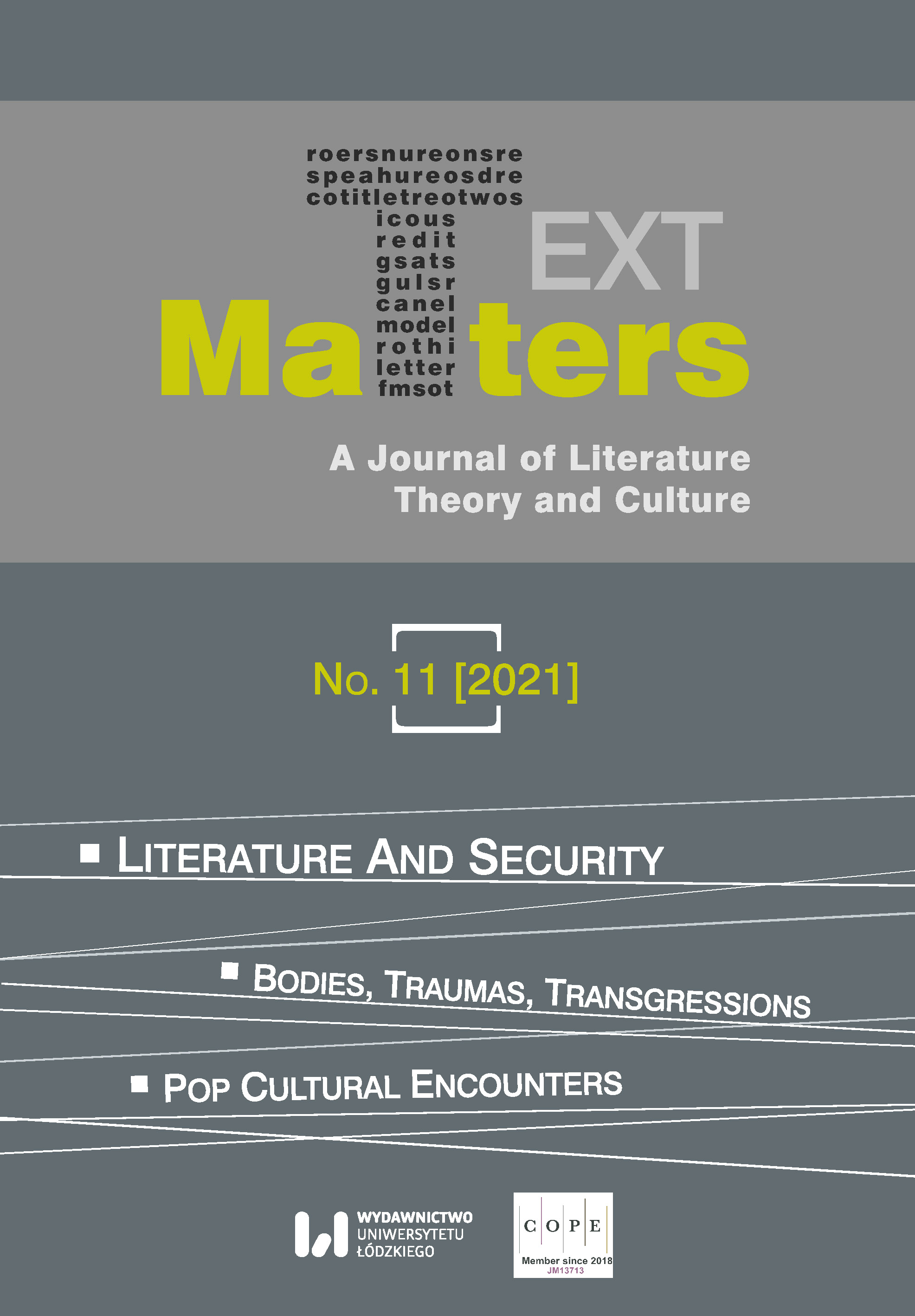Conceptualizing In-Text “Kshetra”: Postcolonial Allahabad’s Cultural Geography in Neelum Saran Gour’s Allahabad Aria and Invisible Ink
Conceptualizing In-Text “Kshetra”: Postcolonial Allahabad’s Cultural Geography in Neelum Saran Gour’s Allahabad Aria and Invisible Ink
Author(s): Chhandita Das, Priyanka TripathiSubject(s): Studies of Literature
Published by: Wydawnictwo Uniwersytetu Łódzkiego
Keywords: “kshetra”; cultural geography; Allahabad; multiculturalism; postcolonial
Summary/Abstract: Literary renditions of cities have always gravitated towards the spatial imagination and its ethical counterpart outside the textual space. This paper explores the multicultural geography of the North Indian city Allahabad (recently renamed Prayagraj) observed through Neelum Saran Gour’s postcolonial narratives Allahabad Aria and Invisible Ink, projecting the narrative alignment of spatial aesthetics and cultural ethics. Interrogating the spatial dimensions of a “narrative world” within narrative theory (Ryan) and its interdisciplinary crossover with cultural geography (Sauer; Mitchell; Anderson et al.), the article seeks to examine Gour’s literary city not simply as an objective homogeneous representation, but as a “kshetra” of spatio-cultural cosmos of lived traditions, memories, experiences and collective attitudes of its people, in the context of E. V. Ramakrishnan’s theoretical reflections. The article proposes new possibilities of adapting the Indian concept “kshetra” to spatial literary studies; its aim is also to suggest a new source of knowledge about the city of Allahabad through a community introspection of “doing culture” in the texts, bringing into view people’s shared experiences, beliefs, religious practices and traditions as offshoots of the postcolonial ethos. The article aims to re-contextualize the city’s longstanding multicultural ethics in the contemporary times of crisis, which may affect a shift in the city’s relevance: from regional concern to large-scale significance within ethnically diverse South Asian countries and beyond.
Journal: Text Matters: A Journal of Literature, Theory and Culture
- Issue Year: 2021
- Issue No: 11
- Page Range: 389-403
- Page Count: 15
- Language: English

